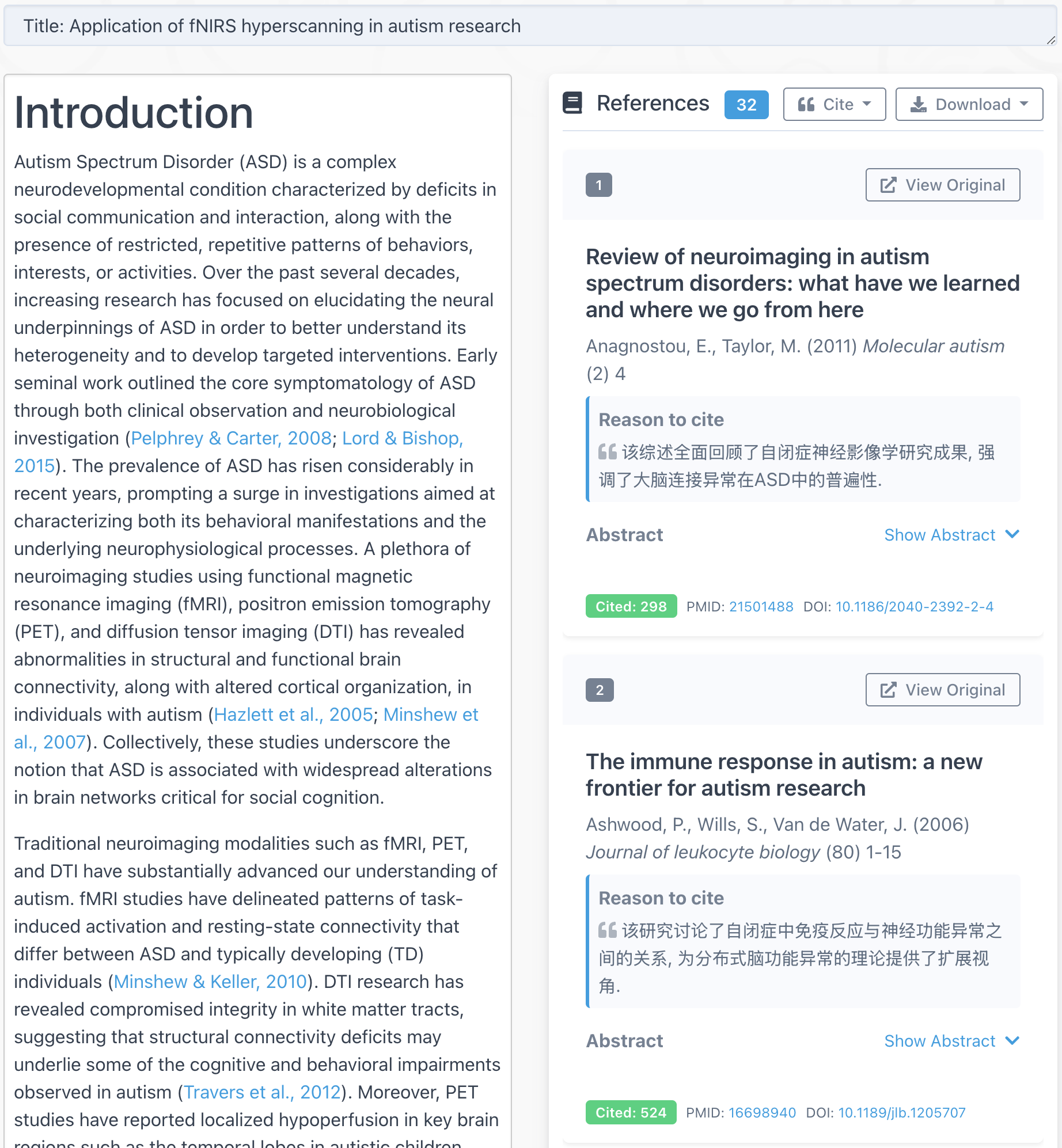In my previous blog (https://www.alivelearn.net/?p=1426) and in our paper titled “NIRS-based hyperscanning reveals increased interpersonal coherence in superior frontal cortex during cooperation” (full text pdf available ![]() ), we have shown how wavelet coherence plot can show more useful information. People often asked, how did you extract the values from the plot?
), we have shown how wavelet coherence plot can show more useful information. People often asked, how did you extract the values from the plot?
Here is the code:
[Rsq,period,scale,coi,sig95] = wtc(signal1,signal2,'mcc',0, 'ms',128); period32 = find(period>32); period32 = period32(1); b1 = mean(mean(Rsq(period32:end, marktime(1):marktime(2)))); bi = mean(mean(Rsq(period32:end, marktime(2):marktime(3)))); b2 = mean(mean(Rsq(period32:end, marktime(3):marktime(4))));
To download the “Cross Wavelet and Wavelet Coherence Toolbox”, please enter
https://www.alivelearn.net/?p=1561



Thanks for your code and explanation.I’m a student learning to analysis the coherence between NIRS-based two time series.And I got some negative ‘increase coherence’,which was calculated as the way in your paper “NIRS-based hyperscanning reveals increased interpersonal coherence in superior frontal cortex during cooperation”. I used the average coherence value in the block(8min)minus average coherence in an prior independent rest(3min),some channels’ value were negative.What’s the meaning of the negative coherence?
Hope for your reply.
@tHonghong Tang
Negative change means that, the coherence during rest is actually higher than the coherence during task.
@Xu Cui
Dear Dr.Xu,
Thanks a lot for your explanation very much!
I have another question about the coherence value.
Since my data was composed of 3blocks, each with several trails,if I want to get the cohrence of certain stage in each trial(which could be separated by the marktime),how would I deal with the data?
Should I calculate the whole blcok coherence first,then extract those values in that stage through the timepoint mark, and average them?
Or just extract those time series to calculate the coherence independently,then average them?
Thanks~~~~
BTW,I’m a student of Dr.Liu now~~~and I’m learning to analysis the hyperscanning NIRS data.And now we’ve found some interesting results,but have no good idea about how to explian the coherence.So we want to try to extract the coherence in certain stage of each trial.
Hope for your replay sincerely~~~
@Honghong Tang
In general, you should get the coherence for all time courses, then calculate the coherence for each block or stage.
btw, which Dr Liu you are referring to?
@Xu Cui
Thanks for your reply.
“then calculate the coherence for each block or stage.”
You mean that extrcating the coherence in certain stage and averaging them?
I referred to Dr. Liuchao~~~ha~~
@Honghong Tang
Yes, I mean that.
Good to hear you are working with Dr Liu.
@Xu Cui
Thanks ~~
And I‘ve learned a lot from your blog about the nirs data analysis~~~
When I used NIRS_SPM to calculate the activation of my task, most of my 22channels showed negative beta,is that normal or may I did something wrong?
Honghong, I have not used NIRS_SPM for a long time so I am not sure if it’s normal to get a lot of negative betas. Presumably it’s related to your tasks.
Thank you all the same~~~
你好,我是一名中国大学生,我想问一下http://noc.ac.uk/using-science/crosswavelet-wavelet-coherence 这个小波相干工具包是不是绘制的图比形经过蒙娜卡罗算法,所以绘制的图像比较粗糙,就像网页上FAQ里面讲Y轴转换的例子一样,只有5Hz地方有相干,但是图上面显示的是个区域,如此在只需要相干数值的情况下,对相干数值矩阵进行时间频率段上的求和能不能得到比较准确的数据呢? 希望能得到你的帮助
请问一下period与frequency之间如何转换?
Hi,
I am trying to extract the coefficients for two time-series variables and the code works up until this line:
b1 = mean(mean(Rsq(period32:end, marktime(1):marktime(2))));
I get an error message that reads: “Undefined function ‘marktime’ for input arguments of type ‘double’.”
I am not sure what I am doing wrong; if you have any feedback or help that would be greatly appreciated. Thank you so much!
@Sarah
marktime is a variable name. You don’t need to worry about it.
@Honghong Tang
T_T I’m encountered with this problem, too….